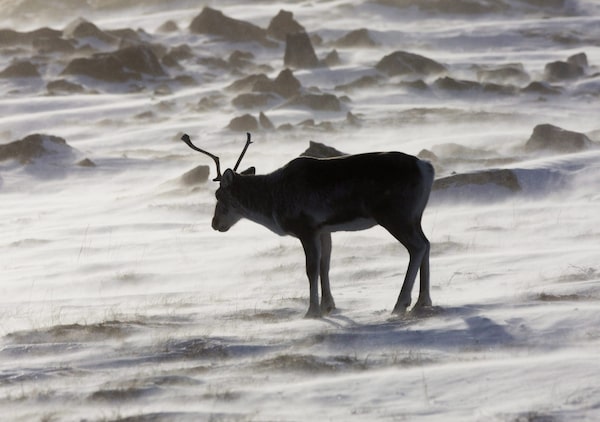Canada’s Species at Risk Act compels the federal government to produce a recovery strategy that details what actions are needed to conserve endangered species that traverse our water, land and skies. This guide provides a snapshot of how those efforts are working, and where they are falling short.
yung-sen wu/UPY 2019
Sockeye salmon recommended for listing under Species At Risk Act
A committee looked at 24 distinct populations of Fraser River sockeye and found that 15 of them should be listed as species at risk. In theory, this should hasten efforts to preserve an iconic and commercially important fish. In practice, such fish are almost never listed because of economic considerations and political blowback.

The Associated Press
Endangered orcas compete with seals, sea lions for salmon
Harbour seals, sea lions and some fish-eating killer whales have been rebounding along the Northeast Pacific Ocean in recent decades. But that boom has come with a trade-off: They’re devouring more of the salmon prized by a unique but fragile population of endangered orcas.
Whale, Particle and Fish Lab, Dalhousie University
The great whale watch: How a data blitz put the plight of endangered animals into sharper relief
In the Gulf of St. Lawrence, environmental change is bringing North Atlantic right whales into a danger zone of shipping and fishing. A massive research project has given the experts a better picture than ever of what’s going on down below.

Andrew Aitchison/In pictures via Getty Images
Protected waters exploited by industrial fishing even more than unprotected areas, scientists find
In a study meant to probe whether designating specific areas of the ocean for protection benefits the threatened species living within those areas, a team of Dalhousie University researchers has arrived at the opposite conclusion: The species in the study actually fare worse.

NATTA SUMMERKY
Invaders in the Arctic: How ships and climate change are bringing strange species to Nunavut
As higher temperatures proliferate in Canada’s Arctic, scientists have begun to notice signs of encroaching species from warmer climes. The race is on for them to establish a baseline while they still can.

Nathan Denette/The Canadian Press
Across Canada, caribou are on course for extinction, a prominent expert warns
While the threats caribou face are complex and vary by region, the common denominator is human activity, primarily through resource development and, increasingly, climate change.
Jeremy Kerr
The butterfly effect: How Canadians and their smartphones are helping scientists map species diversity
More than 100,000 amateur butterfly sightings combined with a trove of professional data have produced a richer picture of the natural world.

Mark Peck
In the shadow of Canada’s biggest city, the piping plover struggles to survive
Migratory shorebirds are making a comeback on the Great Lakes after their numbers plummeted to just a dozen breeding pairs on Lake Michigan in the 1970s. Efforts to protect the species there have gradually paid off.

Julie Paquet/Supplied
In New Brunswick’s blueberry country, a ‘nuisance’ bird earns respect and allies
A concerted effort by scientists to engage with producers on behalf of the whimbrels appears to be paying off. Producers have not only become more tolerant of whimbrels in their fields, but, for the first time, they have participated in counting the birds to help track their fluctuating numbers.

Corel Photo Studio, Reuters, Manhattan Mercury/AP
Too expensive to save? Why the best way to protect endangered species could mean letting some go
The provocative new approach aims to protect more animals by prioritizing those that offer the best return on investment, but it could mean saying goodbye to some well-known species
Species plans lacking Indigenous input despite legal requirements
A detailed examination of more than 10 years worth of species recovery strategies and management plans shows that Ottawa has a dismal track record with no indication of Indigenous participation in more than half of the cases where such participation would be relevant.